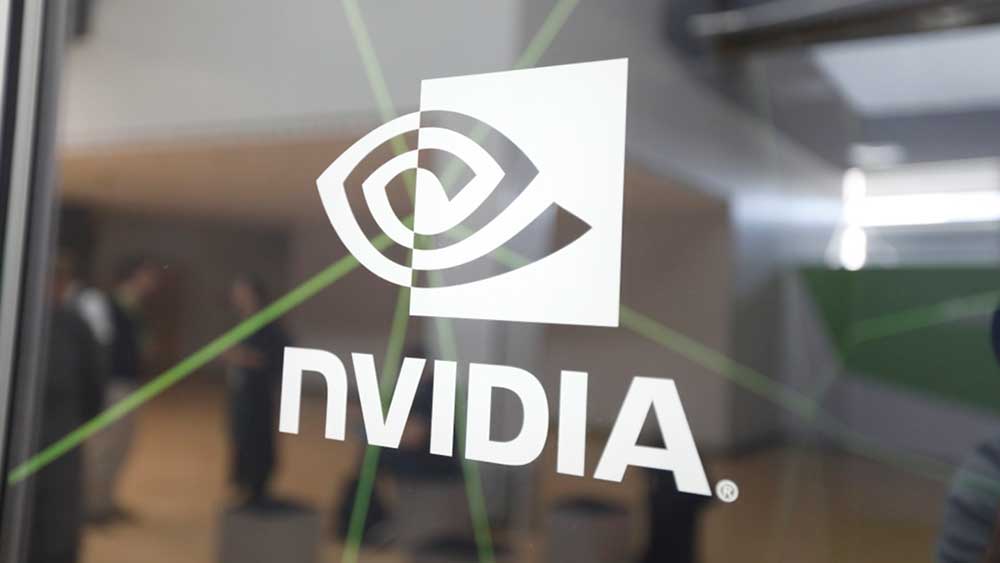Analysts Split on Nvidia’s Future After Strong Earnings Report
22.11.2024 12:00 1 min. read Alexander Stefanov
Nvidia’s latest quarterly results initially caused concern in the stock market, despite surpassing earnings and revenue expectations.
However, shares have since rebounded, rising 1.69% in pre-market trading between November 20 and November 21.
Market analyst Ali Martinez predicts a significant decline in Nvidia’s stock, citing a sell signal from the TD Sequential tool, which analyzes whether a trend will continue or reverse. Martinez forecasts a drop to $114, despite the recent uptick.
Similarly, Tom DeMark, who developed the TD Sequential tool, suggested Nvidia could face a correction after hitting its next peak, though he didn’t offer a specific price target. DeMark also noted that broader market declines could contribute to this downtrend.
While some analysts, like Dan Ives of Wedbush, remain bullish, raising their targets for Nvidia’s stock price, there’s caution as well. Deutsche Bank maintained a neutral stance, projecting a decline to $140 in the next year. With Nvidia’s market cap above $3.5 trillion, reaching $162.75 would make it the world’s first $4 trillion company, but concerns over its valuation persist.
-
1
What Brian Armstrong’s New Stats Reveal About Institutional Crypto Growth
29.06.2025 15:00 2 min. read -
2
Federal Reserve Chair Jerome Powell Reportedly Weighing Resignation
12.07.2025 21:00 2 min. read -
3
Vitalik Buterin Warns Digital ID Projects Could End Pseudonymity
29.06.2025 9:00 2 min. read -
4
Donald Trump Signs “One Big Beautiful Bill”: How It Can Reshape the Crypto Market
05.07.2025 9:56 2 min. read -
5
Toncoin Launches UAE Golden Visa Program Through $100,000 Staking Offer
06.07.2025 12:04 2 min. read
Stablecoins Now Used in Credit Cards, Putting Bank Deposits at Risk
Stablecoins are no longer just a crypto-native tool—they’re reshaping financial access, payments, and even central banking dynamics.
BitGo Files Confidentially for IPO With SEC
BitGo Holdings, Inc. has taken a key step toward becoming a publicly traded company by confidentially submitting a draft registration statement on Form S-1 to the U.S. Securities and Exchange Commission (SEC).
Crypto Greed Index Stays Elevated for 9 Days — What it Signals Next?
The crypto market continues to flash bullish signals, with the CMC Fear & Greed Index holding at 67 despite a minor pullback from yesterday.
U.S. Public Pension Giant Boosts Palantir and Strategy Holdings in Q2
According to a report by Barron’s, the Ohio Public Employees Retirement System (OPERS) made notable adjustments to its portfolio in Q2 2025, significantly increasing exposure to Palantir and Strategy while cutting back on Lyft.
-
1
What Brian Armstrong’s New Stats Reveal About Institutional Crypto Growth
29.06.2025 15:00 2 min. read -
2
Federal Reserve Chair Jerome Powell Reportedly Weighing Resignation
12.07.2025 21:00 2 min. read -
3
Vitalik Buterin Warns Digital ID Projects Could End Pseudonymity
29.06.2025 9:00 2 min. read -
4
Donald Trump Signs “One Big Beautiful Bill”: How It Can Reshape the Crypto Market
05.07.2025 9:56 2 min. read -
5
Toncoin Launches UAE Golden Visa Program Through $100,000 Staking Offer
06.07.2025 12:04 2 min. read


